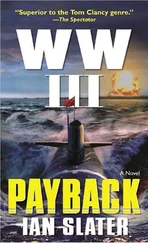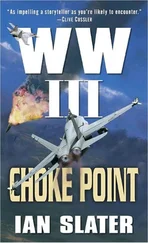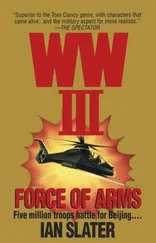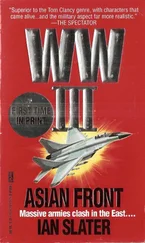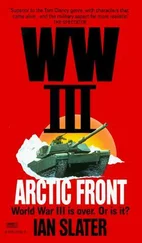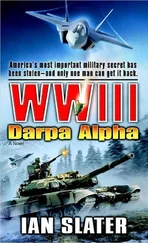
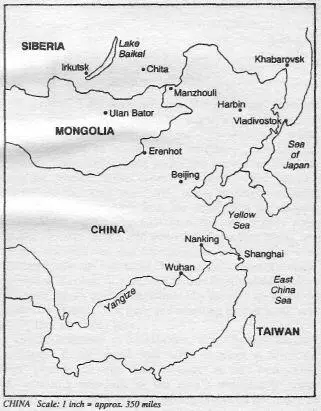
Demilitarized Zone, Eastern Siberia
The three figures dropped softly, catlike, from the chopper roaring above them, its rotors a blur against the winter moon. Their progress in the deep snow was unhurried, displaying an economy of movement, yet singular purpose. Their sixty-pound packs and two-meter skis lowered, the women pulled down their night vision goggles, clicked on the long skis, and, using herringbone steps, began to climb the ridge from the depression the chopper had used for cover. The baskets at the end of their poles disappeared six inches into fresh powder before biting into the last snowfall that had crusted under the impact of wind and sun across the vast taiga. At the ridge’s summit a black, moonlit wilderness of pine, beech, and fir stretched in every direction, the air no longer polluted by the oily stench of the chopper’s exhaust, but pure and smelling of that hard, cold purity that all skiers love.
The three women, in their thirties, were Olympic standard biathletes. In top shape they were as adept at firing the high-velocity .22 rifles dead on target as they were skiing the women’s nine-mile or the men’s twelve-mile crosscountry course, each of them having practiced endlessly on the Les Saisles course at Albertville and on others before the war. Each woman’s body was so well-conditioned that she could drop her rapid biathlon heartbeat to 145 per minute while firing on the range in the prone position, and to no more than 190 on the cross-country trails. They skied down from the ridge in single file, and it wasn’t until a minute later that the leader found it necessary to start double poling, her body in the white, skintight, four-way-stretch Lycra-nylon suit moving as if one with the white skis and poles.
As well as having to be beautiful, in top physical condition, and willing to volunteer for the three-day, seventy-mile crossing of the cease-fire’s no-man’s land, all three had been required to submit to a medical examination to ascertain whether any of them were having, or would have, their period during the crossing. Menstruation would almost certainly be a lure to any tracking dogs that might be accompanying patrols sent out along the enemy’s edge of the four-hundred-mile-long, seventy-mile-wide DMZ. The merest whiff of blood, they knew, could be picked up for miles by the animals and would pose a risk to the entire mission. Normally this wouldn’t be a problem — you could simply kill a dog with a single shot from the .22 with noise suppressor so as not to attract any further attention. But on this mission, they carried no weapons — at least none like a rifle or pistol, which would be a sure giveaway — only the two-apiece, razor-sharp “ice pick” daggers whose grips were the normal plastic rubberized and finger-contoured handles of the ski poles. These could be extracted quickly with one pull from the pole, screw threads being decided against because even a drop of moisture on a thread could freeze and make extraction harder. Anyway, it would take longer to unscrew rather than pull them. The rubber/nylex pole handles simply slipped out and back into the pole in a firm friction grip, the hairline of the join obscured by the pole’s rubberized handle, which extended an inch farther down the pole than the join. Three skiers meant six daggers in all, each tipped with ricin pellets. The castor oil derivative took only seconds to work, as the needle-sharp point, upon being thrust forward, would break the ricin capsule — teardropped at its end like a solidified saffron drop of Canada balsam — coating the tip with the poison even as it punctured the ricin and the victim’s skin simultaneously, the poison causing a total collapse of the victim’s central nervous system.
On flat terrain now, the three were moving in unison in leg-kick, pole-push strokes. Then, with an incline up the other side of a frozen stream approaching them, the leader moved from classic stroking to the freer skating slide, poles starting together, then one leg pushing the ski sideways, using the other to glide, then alternating.
Someone back at HQ had argued that while it was obvious they couldn’t use a helicopter to cross the DMZ in such clear weather without it being detected and shot down, they should have at least used male commandos — until it was pointed out by the duty officer that even the tradition-bound British had conceded that now half their MI-5 counterespionage agents were women. Better at observation. Saw things men didn’t. Besides, with three women there was a greater element of surprise. The enemy wouldn’t expect it. Once the three had crossed the DMZ, using darkness as cover, they’d surely fit in much more quickly than three men. After all, what could be more natural than three good-looking foreign correspondents, all equipped with the necessary ID, vying craftily with one another to get a one-on-one interview with the famous American general whose daring if unconventional exploits from Iraq to Siberia had surpassed even those of the legendary Rommel and Schwarzkopf?
And then all it needed was a second, the needle-thin steel out, stab, and back in the pole. Or, if carried in separately— should they have to leave the poles outside — just as easily discarded behind a cabinet, in a wastebasket, anything nearby; the wound so thin, it would in effect be no more than a hat-pin-diameter stab. To make sure of this, having practiced with the optimum size needed to ensure depth without severe hemorrhaging, they had followed the lead of the British, who in the Iraqi War had consulted an eminent Edinburgh pathologist on the best shape and size of the bayonet required to kill with minimum effort. There would be little if any blood, and the symptoms such that the victim’s responses would more likely than not be interpreted as either heart attack or stroke. And giving him mouth-to-mouth would make it look even better if aides rushed in to help.
The cease-fire might last, but if it didn’t — get Freeman, and the battle’d be half won. Freeman was like Patton— unpredictable and brilliant. Indeed, it had been someone at Marshal Yesov’s HQ at Irkutsk who, remembering that Patton had represented the United States in the decathlon in the 1928 Olympics, thought of the idea of using the biathletes to get Freeman if the cease-fire between Siberia’s sixty divisions and America’s twelve broke.
One of the best friends the Americans had had before the cease-fire was a Siberian, Alexsandra Malof, from the JAO — Jewish Autonomous Oblast, or region — around Khabarovsk — whose underground movement had unearthed the secret of Baikal. In this four-hundred-mile-long, twenty-mile-wide lake — the deepest in the world, and holding a fifth of all the freshwater on earth — the Siberians had hidden a flotilla of small diesel subs beneath the winter ice. Nosing up through the thinner patches of ice, the toroidal, “Goodyear Man “-shaped minisubs had been able to launch a deadly missile offensive hundreds of miles eastward against the U.N.-sanctioned and outnumbered American force of ten divisions. The American force, under the command of General Douglas Freeman, was charged with preventing any further annexation of territory in what had been the Soviet Far East.
Now, after escaping from the Siberian jail in Port Baikal during the Allied commando raid that had destroyed the sub base, Alexsandra Malof was still on the run. Having headed south across the Siberian-Chinese border, then east to Harbin, the largest city in Manchuria, she was intent on getting back to the autonomous region in American-held Khabarovsk.
Читать дальше



